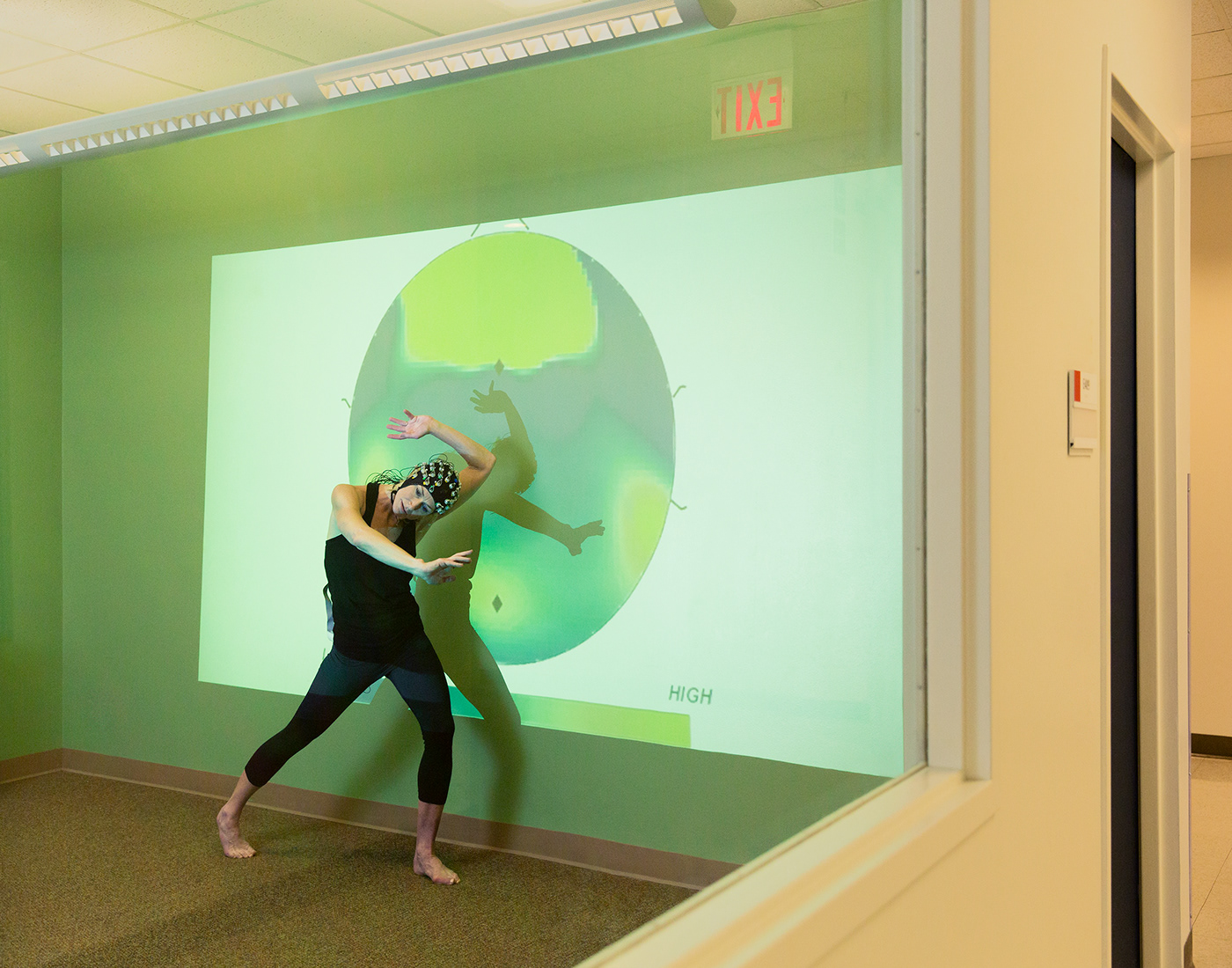
Neil Harbisson was born with achromatism, a rare disease that renders him colourblind. Harbisson created a new sense to go beyond the human visual spectrum—in 2004 he had an antenna implanted into his skull. The antenna allows him to perceive visible and invisible colours as audible vibrations, including infrareds and ultraviolets.
I WANT TO BELIEVE
A collaboration between David Vintiner & Gem Fletcher
Transhumanism is the belief that human beings are destined to transcend their mortal flesh through technology. They believe our biology constrains our experience of reality and refuse to accept what nature has given us. From bionic eyes, designing new senses and extending life expectancy, these individuals are redefining what it means to be human.
We are currently running a crowdfunding campaign on kickstarter to raise the funds to bring this project to print. Working with renowned publisher Gost, the book is due to be published in May 2020.

Alexey Turchin is a life extensionist. He is the author of several roadmaps to help humans face future threats including The roadmap to Personal Immortality, The Map of Alien Risks and How to Survive the End of the Universe. Turchin, a commited advocate for digital immortality, believes that in the future, super intelligent AI will be able to reconstruct a model of any human personality based on informational traces. Turchin is constantly collecting and recording data about himself, from DNA in his toenail clippings to details about his dreams, with a view that this information will be assimilated into a future self.

Brain Hacker Andrew Vladimirov collects and analyses brain data, stimulating his own brain or those of volunteers using different methods and protocols. He believes he can reduce fatigue, enhance concentration and improve memory by firing a laser at different parts of the brain.
The work of the individuals in this project demonstrates how optimising our brains and bodies could revolutionise and redefine humanity. As human architects, we are only limited by our imagination. The profile of transhumans is as diverse as its applications, from artists and CEOs to academics and bedroom hackers.

The Echolocation Headphones are a pair of goggles that aid human echolocation, It is designed to substitute the user’s vision augmenting our spatial awareness with sound, similar to the abilities of bats and whales. The device has both the potential to aid the visually impaired and provide sighted individuals with a new sense.

Your Brain on Dance is one of the first attempts to decode expressive gestures and emotional states from brain activity to develop effective neuroprosthesis to understand, restore or augment responses. In the future, the project could also serve as the basis for endowing robots with emotions.
Although these ideas have long lived on the pages of comic books and sci-fi novels, the movement—now a reality—is starting to disrupt industries and individuals in meaningful ways. With technology evolving at an unprecedented rate, further change is imminent. This project documents a critical moment in time as we enter the next chapter in human evolution.

After an accident that left him a double amputee, James Young turned to bionics to redesign his body. Obsessed with the Metal Gear Solid, he worked with gaming giant Konami and prosthetic sculptor Sophie De Oliveira Barata to develop an advanced bionic arm inspired by the computer game. The $60,000 carbon fibre limb is part art project, part engineering marvel. The limb is fitted with a 3-D printed hand that is controlled by sensors that detect minute muscle movements in Young’s back. The arm also features a USB phone charger, Twitter connectivity, a torch, a heart rate monitor and a small drone

Kevin Warrick is a pioneering professor in Cybernetics and considered by many as the worlds first cyborg. Kevin instigated a series of experiments involving the neuro-surgical implantation of a device into the nerves of his left arm in order to link his nervous system directly to a computer. This enabled him to have a symbiotic connection with a robotic hand. He could control the hand from his own brain signals from anywhere in the world, as well as sense what the robot hand was feeling. Warrick later went on to connect himself to his wife’s nervous system so he could artificially sense her gestures from a different location, an experience he describes as ‘more intimate than sex.’

Moon Ribas has been feeling earthquakes since 2013. Her body is connected to online seismographs allowing her to perceive the seismic activity of the planet through vibrations in her body. The vibration she feels depends on the intensity of the earthquake.

Known as ‘The Eyeborg,’ Rob Spence lost an eye as a child while playing with his grandfather's shotgun. Inspired by a love of the bionic man and his interest in documentary filmmaking, Spence created an eye with a wireless video camera inside. The camera is not connected to his optic nerve but sends footage to a remote receiver.


Skinterface is a wearable suit that enables two-way physical interactions in the virtual world. It is equipped with sophisticated actuators, which convert virtual interaction into physical feeling
We are currently running a crowdfunding campaign on kickstarter to raise the funds to bring this project to print. Working with renowned publisher Gost, the book is due to be published in May 2020.
